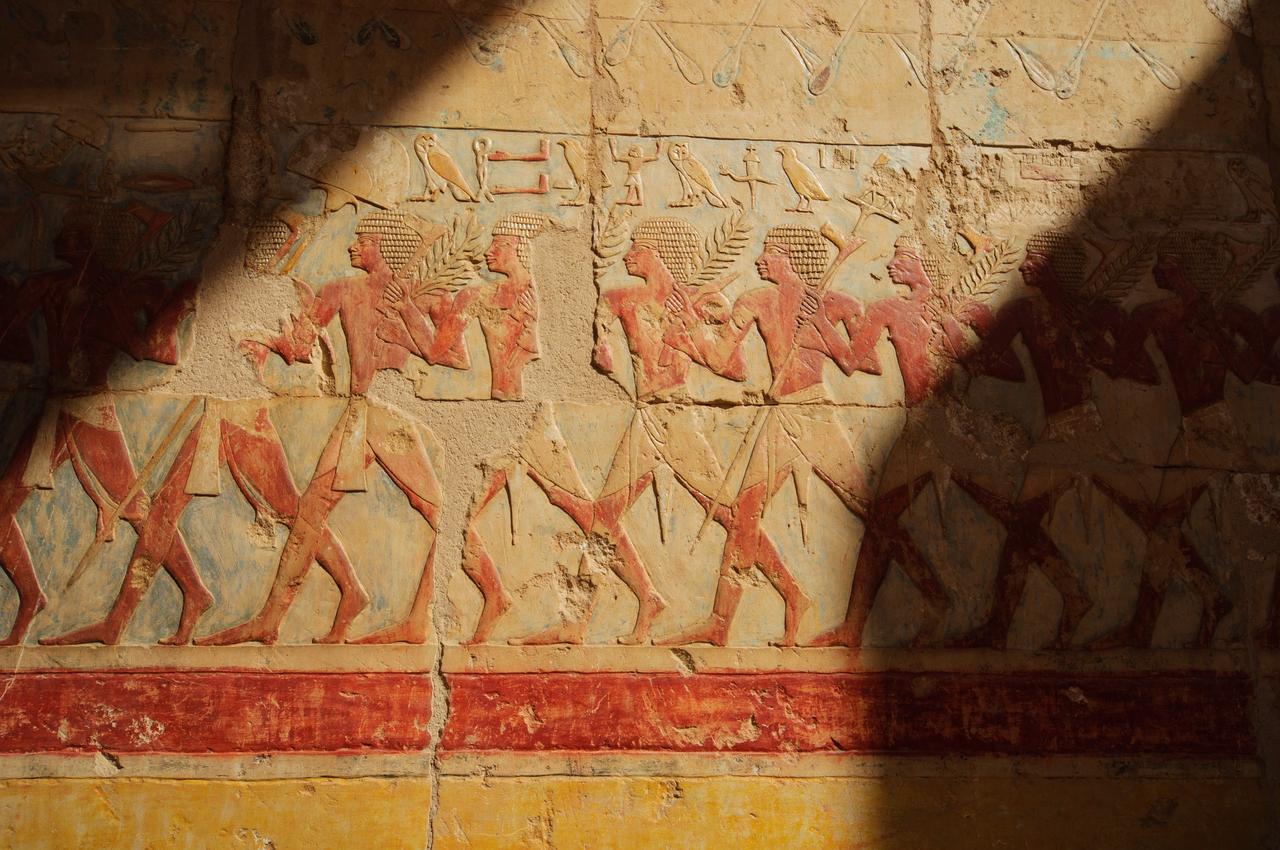
A recent academic study sheds new light on an enduring debate in African archaeology: whether the familiar European concepts of the ‘Bronze Age’ and ‘Iron Age’ truly fit the cultural and historical context of the Middle Nile Valley.
The research, published by Claudia Naeser from University College London, revisits the relevance and ethical implications of using these terms in describing the ancient civilizations that flourished along the Nile, south of modern-day Egypt.
Developed in 1837 by Christian Jurgensen Thomsen, the Three Age system—dividing human prehistory into the Stone, Bronze, and Iron Ages—has long been a cornerstone of European archaeological thinking. However, its global application has increasingly come under fire for promoting Eurocentric interpretations of non-European societies.
As Naeser argues, this model often fails to do justice to the complex, region-specific developments in places like the Middle Nile. Critics suggest that imposing European periodization on African contexts can perpetuate colonial narratives and overlook local agency and unique historical pathways.
Despite these concerns, the Bronze and Iron Ages remain widely used by archaeologists working in the Nile Valley. Why? According to Naeser, the terms still offer valuable shorthand for conveying broad chronological frameworks.
While absolute dating methods have improved dramatically, the flexible, relative nature of these epochal labels allows researchers to discuss general periods without becoming mired in debates about precise dates.
As Peter Bogucki once noted, the Bronze Age label remains “a very general way of focusing attention on particular times and places and thus facilitating archaeological discussion.” It acts as a shared language among scholars across continents.

Yet, the appropriateness of applying this terminology to Africa remains contentious. Some archaeologists argue that Africa’s technological and social histories differ so fundamentally from Europe’s that the Three Age model simply does not fit.
Notably, Egypt and its southern neighbors were deeply connected to the metallurgical and technological currents of the Near East and the broader Mediterranean world.
From copper and bronze production in the Kerma Kingdom to ironworking in Meroe, metal technology was significant in shaping local societies.
This linkage justifies, to some scholars, the inclusion of these regions in the so-called ‘Bronze Age world.’
However, as Naeser emphasizes, simply aligning parts of Africa with European frameworks risks glossing over local specificities and the diverse ways communities engaged with these technologies.
A compelling case study comes from Mograt Island, the largest island in the Nile between the Third and Fourth Cataracts.
Archaeological excavations there reveal a mortuary culture distinctly different from Kerma, despite being contemporary.
Tombs on Mograt lack the grave goods typical of Kerma burials and show unique pottery styles.
This raises a crucial question: should these findings be lumped under labels like ‘Kerma culture’ or ‘Old Kush’? Doing so risks assuming political or cultural connections that may not have existed.
Instead, Naeser suggests that using broader terms like ‘Bronze Age’ provides enough chronological context without forcing communities into ill-fitting cultural categories.
Ultimately, Naeser’s study does not call for a wholesale rejection of the Three Age system but advocates for a more critical, flexible, and emancipatory use of these terms.
By acknowledging the colonial baggage that comes with them, archaeologists can use these labels carefully, opening the door to localized interpretations and fresh questions about cultural identity, political power, and technological innovation in the Middle Nile.
As the study concludes, “While we cannot step out of history, we are free to reflect critically on it and modify the significance of the concepts we use.”